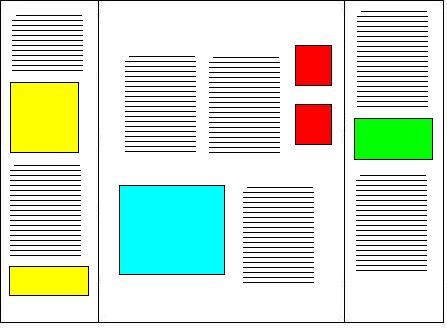| PUTTING THE BOARD TOGETHER |

http://sciencefair.math.iit.edu/display/
|
 http://sciencefair.math.iit.edu/display/ |
|
Step 5: Putting together your board: Make sure all of the information below is put on to your board. Follow the steps of how to organize your board from the picture in your packet. Logbook must be handwritten with all the steps as follows. Logbook must have tabs. Title Table of Contents Acknowledgements--thank those who helped you I. Problem--your question II. Hypothesis--educated guess III. Procedure A. Research/Background information--how did you gain information about your project? B. Experiment--the goal and outcome of your experiment, including IV, DV, constants, controls and material list. IV. Results--the important facts learned in the experiment V. Conclusion--what do your results mean? What future research could be done? VI. Bibliography--list of resources including books, journals, internet, and nterviews with people in the field you are studying STEP 6: Backboard and the finishing touches: It is very important that you follow the correct format for your board. The title of your project should be at the top middle section of your board. The question and hypothesis should be on the top left hand side and the rest of the board should follow as you read--left to right and top to bottom like you are reading columns of a newspaper. Your board should be very neat and appealing to the eye. It should look professional; this is the first thing the judges will see and judge. Make a good first impression!! Please make certain that there are no spelling or grammatical errors on your board. Let your board tell the story of your project. Your board must not be larger than 25 inches wide, 24 inches deep, and 48 inches tall. Keep your exhibit neat, uncluttered and to the point. The materials must be strong, light weight, and self-supporting. You should be able to assemble it yourself. Fasten everything well and be sure you make everything sturdy! Anything which might be hazardous is prohibited. Do not use open flames, dangerous chemicals (even household cleaners), unshielded light bulbs, etc. Use attractive lettering. Main points should be large and simple. Stand back and look at your board from 3-5 feet away to make sure you can read it easily. Use data tables and graphs. Pictures are also good to use. Visuals are excellent and show the onlooker what your results are at a glance. |
Links:
|